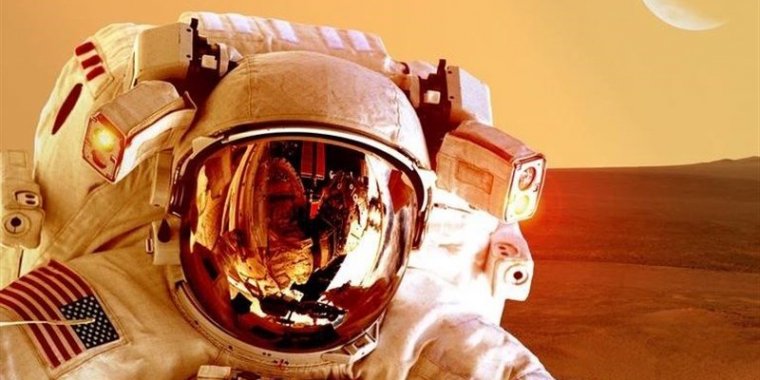| News / Science News |
Protecting Astronauts from Radiation in Space
Scientists at The Australian National University (ANU) designed a new nano-material that can reflect or transmit light on demand with temperature control, opening the door to technology that protects astronauts in space from harmful radiation.

Protecting astronauts from radiation in space. ![]()
Lead researcher Dr. Mohsen Rahmani from ANU said the material was so thin that hundreds of layers could fit on the tip of a needle and could be applied to any surface, including spacesuits.
"Our invention has a lot of potential applications, such as protecting astronauts or satellites with an ultra-thin film that can be adjusted to reflect various dangerous ultraviolet or infrared radiation in different environments," said Dr. Rahmani.
"Our technology significantly increases the resistance threshold against harmful radiation compared to today's technologies, which rely on absorbing radiation with thick filters."
Co-researcher Associate Professor Andrey Miroshnichenko said the invention could be tailored for other light spectrums including visible light, which opened up a whole array of innovations, including architectural and energy saving applications.
"For instance, you could have a window that can turn into a mirror in a bathroom on demand, or control the amount of light passing through your house windows in different seasons," Miroshnichenko said. (Tasnim News Agency)
YOU MAY ALSO LIKE





